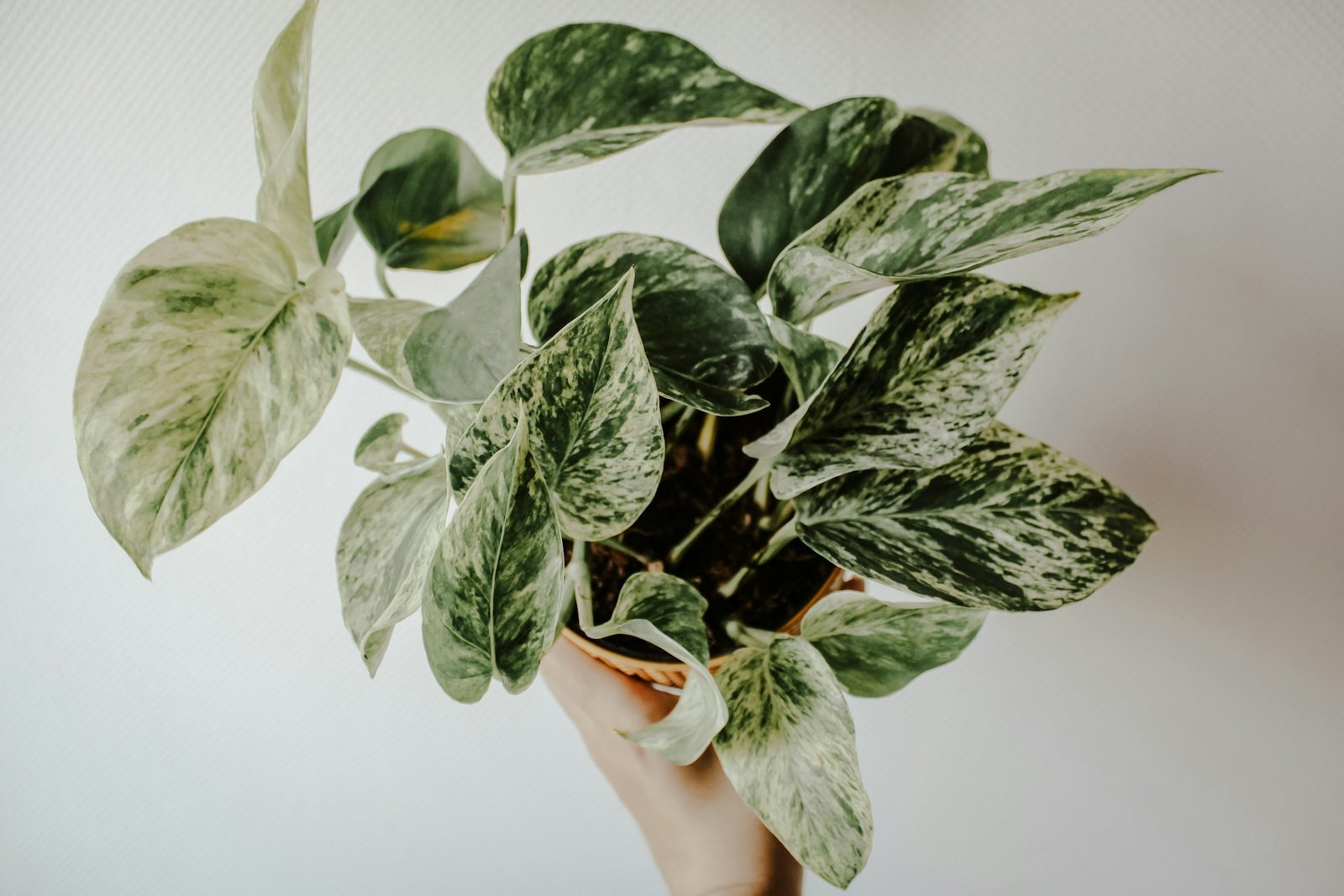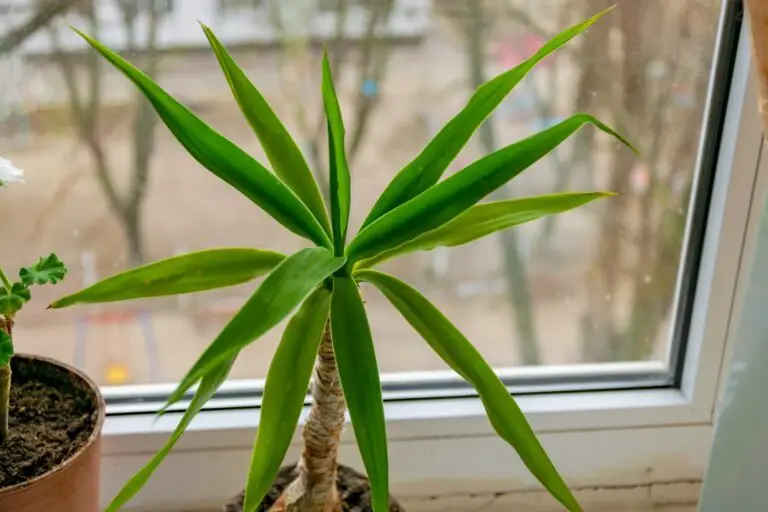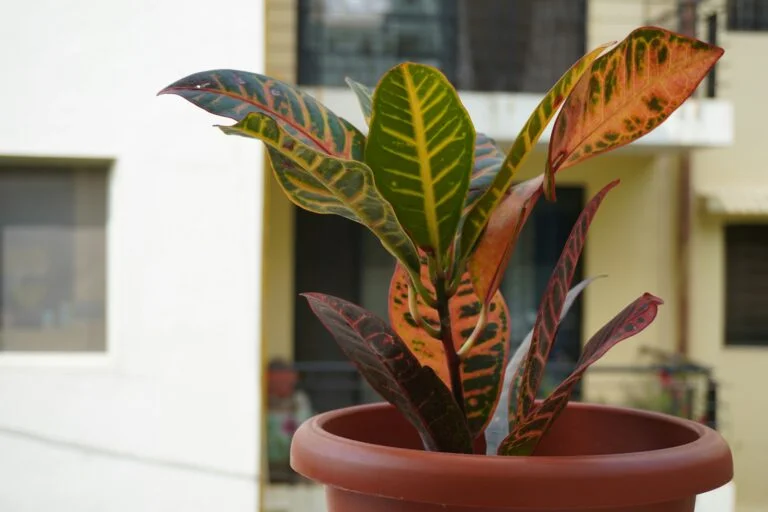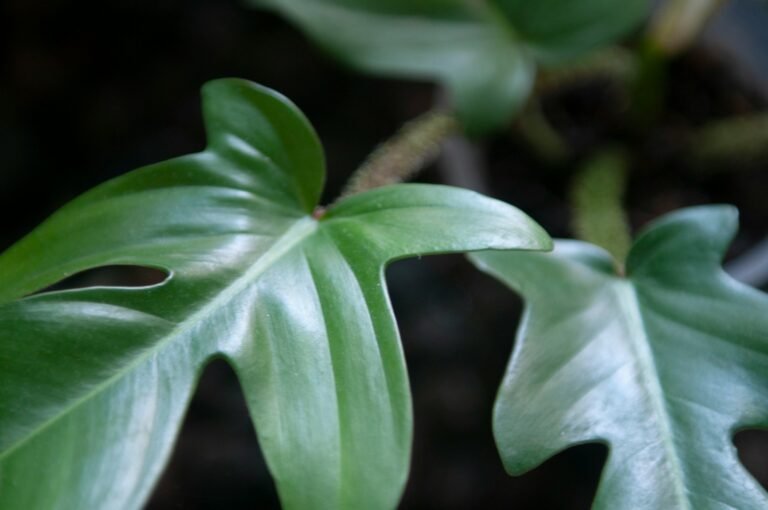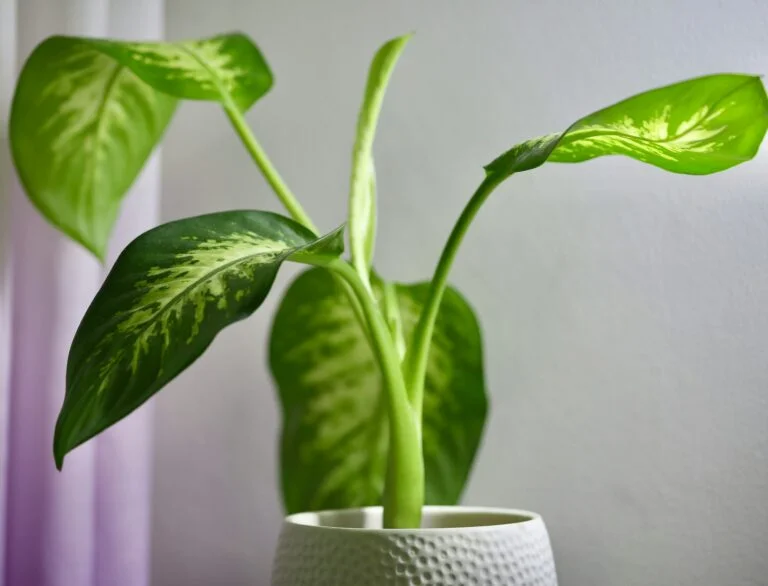Pothos Plant Care Guide: How to Grow Long, Lush Vines Indoors
Pothos—aka Epipremnum aureum—is that one friend who’s chill, low-key gorgeous, and somehow always thriving no matter what. If you’re looking for a houseplant that grows fast, bounces back from neglect, and can make your space look like an indoor jungle without turning your life into a botany experiment… this is it.
Whether you’re a complete beginner or just want a plant you don’t have to stress over, Pothos is here to make you feel like a plant god (even if you forget to water it every now and then).

What Makes Pothos a Must-Have?
Let’s be honest—Pothos is practically un-killable. It tolerates low light, missed waterings, and being crammed into sad office corners like a champ.
And those trailing vines? Beautiful. Classic. Effortlessly cool.
It comes in a bunch of varieties—Golden, Marble Queen, Neon, Jade, and even the trendy Cebu Blue—so you can collect them all like Pokémon. Without the upkeep nightmare.
Light Requirements: Pothos Isn’t Picky
Pothos is flexible. That’s part of its charm.
- Bright, indirect light? It’ll grow fast and lush.
- Low light? It’ll survive. Slower growth, maybe duller color—but it’ll live.
- Direct sun? No thanks. That’ll scorch the leaves.
Best spot: a few feet away from a window, or on a shelf that gets good natural light without baking in it.
Pro tip: Variegated types (like Marble Queen) need more light to keep their patterns. In low light, they might go greener and lose their drama.
Watering: Don’t Love It to Death
If you’re watering every three days, stop. Seriously.
Pothos likes a dry-out period between waterings. Too much water = root rot = sad, mushy vines. Not a vibe.
How to water correctly:
- Let the top 1–2 inches of soil dry out
- Water deeply until it drains out the bottom
- Empty the saucer—Pothos hates wet feet
Signs of overwatering: Yellow leaves, black stems, or a general look of “I’m over it.”
Signs of underwatering: Wilting, limp leaves that perk up dramatically once you water (drama queen behavior, honestly).
The Right Soil & Pot
This part’s easy: use well-draining soil and a pot with drainage holes.
You don’t need anything fancy. Regular potting mix + a bit of perlite or orchid bark = perfect.
And Pothos doesn’t mind being a little rootbound. But once it starts circling the pot or outgrows its home? Repot it into something just 1–2 inches bigger. Don’t go overboard.

How to Get Long, Bushy Vines
Want a lush, trailing masterpiece? You’ve gotta prune and train it.
Do this:
- Snip leggy stems right above a leaf node. This encourages branching.
- Train vines around shelves, moss poles, or let them hang. They love to show off.
- Rotate your plant regularly to keep growth even.
Pruning might feel aggressive, but trust me—it makes your plant fuller in the long run. And those cuttings? You can propagate them into brand-new plants.
Fertilizer: Optional, But Appreciated
Pothos isn’t needy. But it does appreciate a snack now and then.
Use a balanced, water-soluble fertilizer once a month during spring and summer. That’s it. No need to go crazy.
Too much fertilizer = salt buildup and crispy leaves. Nobody wants crunchy vines.
Common Pothos Problems (And How to Handle Them)
Even easy plants have bad days. Here’s what might go wrong—and what to do:
- Yellow leaves: Usually from overwatering. Check your soil and drainage.
- Wilting: Could be underwatering or root rot. Check soil moisture before dumping more water on it.
- Brown tips: Dry air or salt buildup. Try a humidity boost or flush the soil.
- Leggy vines, small leaves: Not enough light. Move it closer to a window.
Pothos isn’t out to get you. When something’s off, it’ll tell you—you just need to listen (and maybe water less).
How to Propagate Your Pothos (And Feel Like a Plant Wizard)
Pothos propagation is ridiculously easy. Here’s how:
- Cut a vine just below a node (where a leaf meets the stem)
- Place the cutting in water
- Wait 2–4 weeks for roots to grow
- Plant it in soil—or just leave it in water forever, it honestly doesn’t care
You can turn one Pothos into five in a month. Just be warned: it’s addictive.
Final Thoughts
Pothos is the definition of low-effort, high-reward. It’s adaptable, forgiving, and gives off major jungle energy without demanding much in return.
Want to feel like you’ve got your life together with almost zero effort? Get a Pothos. Or five.
Train it, trim it, forget it for a week—it’ll still look great.
It’s the ultimate houseplant for people who want results… but also forget to water things.

